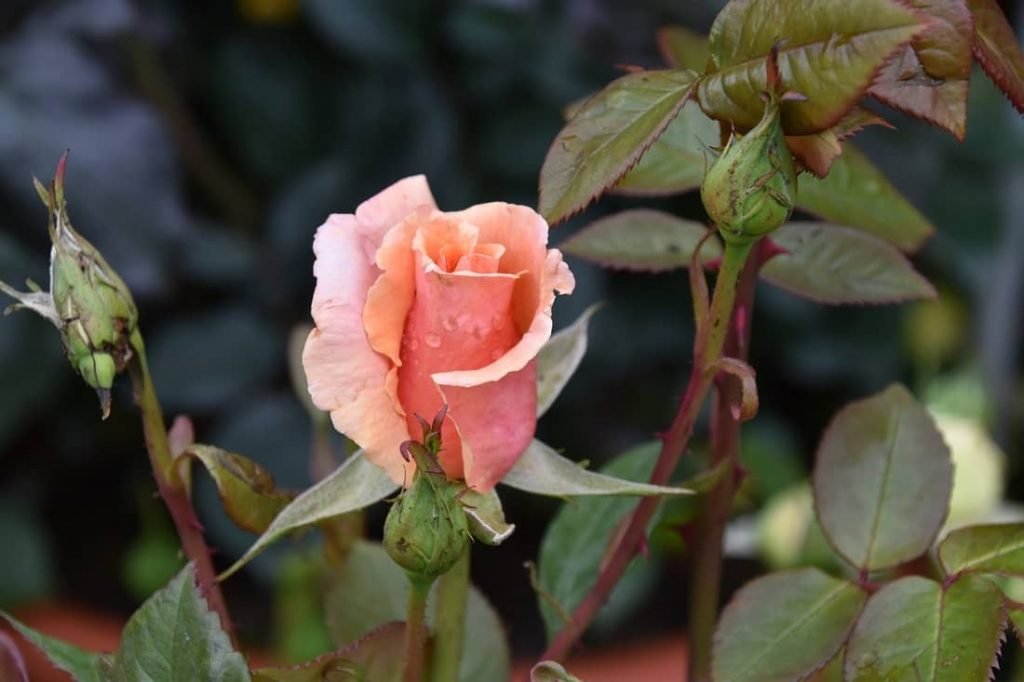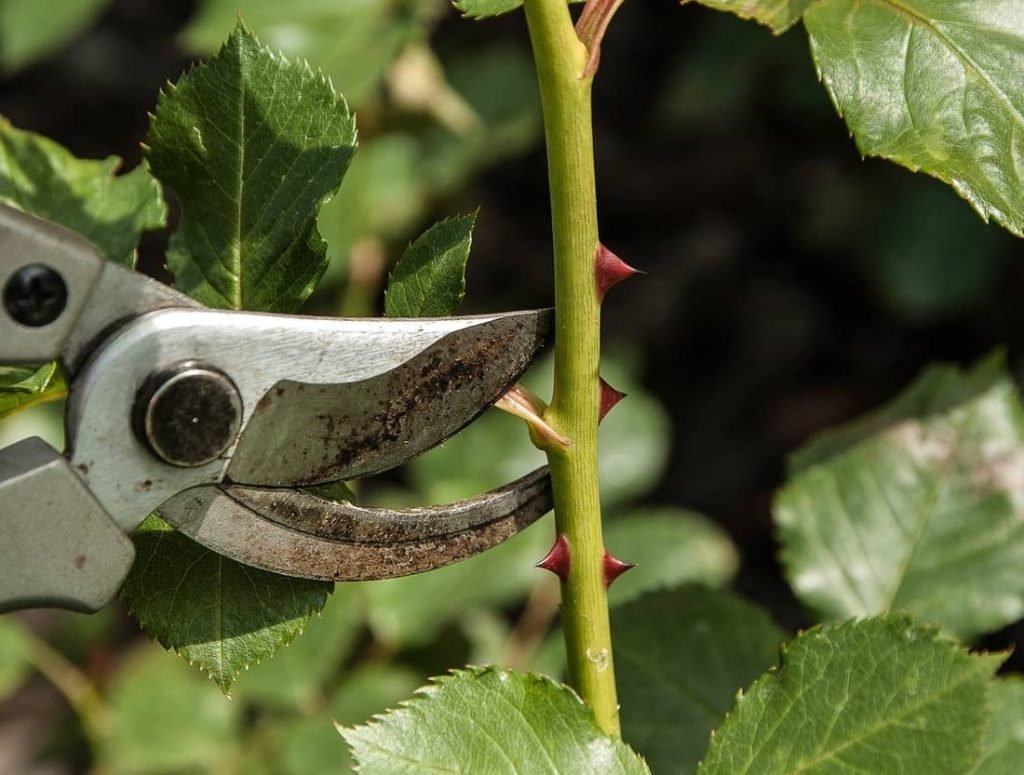Change can be hard – for people and for plants, too! Rose bushes, in particular, can be difficult to move from one spot to another. Their beauty makes us want them to thrive, but they can easily suffer from shock. So what do you need to do when you have to move your rose bush from one spot to another?
Of course, there are many reasons to move a plant. Perhaps it’s outgrown the space where it is. Maybe it doesn’t get enough shade or sun any longer. You might even be planning an addition to your house and need to move it further from the building. Whatever your reason, we’re here to guide you through the process.
We’ll look at when you should do the job and the steps you need to take to reduce the stress on your rose bush. We’ll even talk about what to do after the move so that it can thrive and continue to be a beautiful part of your yard!
Best Season For Transplanting
The right time of year makes a huge difference in the success of transplanting any plant. For rose bushes, your best bet is to do the job in the late winter or early spring.

During this time, the rose bush is still in the dormant stage that started in the fall. It’s still relying on the nutrients it stored up and hasn’t yet started its new growth cycle. It’s placing fewer demands on the soil around it so it can begin to “wake up” and adjust to its new home.
Preparing The New Hole
For best results, you’ll want to have the new hole prepared for your rose bush at least a few days before you perform the move. Of course, you want it to be in a spot that gets a good mix of sun and shade.
Dig your hole about 16 inches deep and 16 inches across. At the bottom, leave a small heap of dirt in the middle to rest the root ball on. That way, the root system will “fall down” naturally around the center.
Add some compost to the hole; also mix some into the soil that will go back in, too. You may also want to add in potting soil or peat moss.
Be sure to keep the area well-watered, especially on the day of the transplant!
Preparing the Bush
If you’ve pruned your bush already, you’re well on the way to making it comfortable for transplanting. If not, you will want to trim it back first. This allows it to focus on its core and concentrate its resources.

Be sure to keep your rose bush well-watered in the time leading up to its big move, too. Even though it’s not absorbing a lot of nutrients from the soil during its dormant stage, it still takes in some. The wet earth will also be easier to dig in.
Digging Up The Bush
You want to dig out beyond the root system, although this may be hard to judge. For most rose bushes, a 12-inch hole is enough. But go slowly to judge if you need to move further out.
To get to the bottom of the root system, you’ll want to dig about a foot down, as well.
Carefully pull the rose bush out of its hole, keeping as much soil as possible. If it’s a large bush, you may want to place it on a tarp to drag it to its new spot. A wheelbarrow is also a good form of transport.
You may want to use gardening gloves so that you don’t scratch yourself on the thorns!
Replanting
Place the rose bush carefully into its new hole. The top of the root bulb should be about an inch above ground level. If needed, add some soil underneath to boost it.
Fill in the hole halfway with the mix of compost and soil you’ve set on the side, then water it. Once the water soaks in, fill in the rest of the dirt, then water again.
Aiding Recovery
Of course, you have to be attentive to your rose bush in the coming weeks. Be sure it always has enough water. If the leaves wilt and watering doesn’t seem to be helping, you may want to prune it a bit more so the roots have less work to do.
Adding moderate amounts of rose fertilizer can help, too.
Remember that this change has been a shock to your plant, so it does take some time. Be patient and attentive; it will soon make a strong comeback!
Conclusion
Transplanting a rose bush calls for care and patience. But by preparing the bush and its new location, you can make the process successful. You’ll have a new spot in your yard full of beautiful roses in no time!









